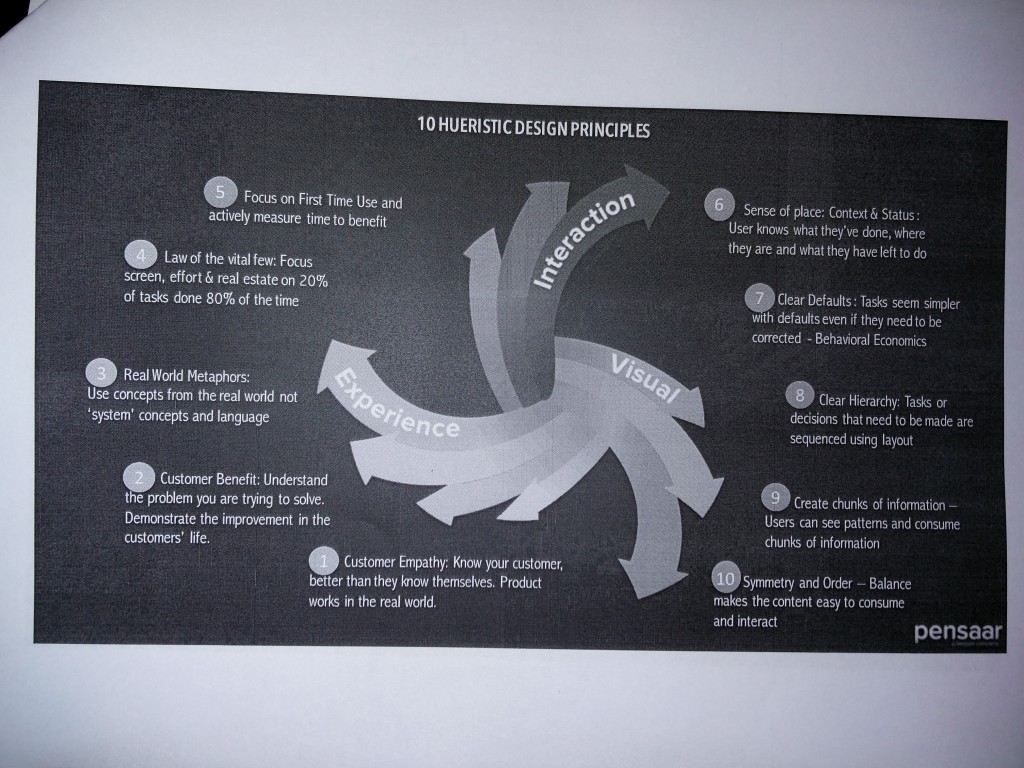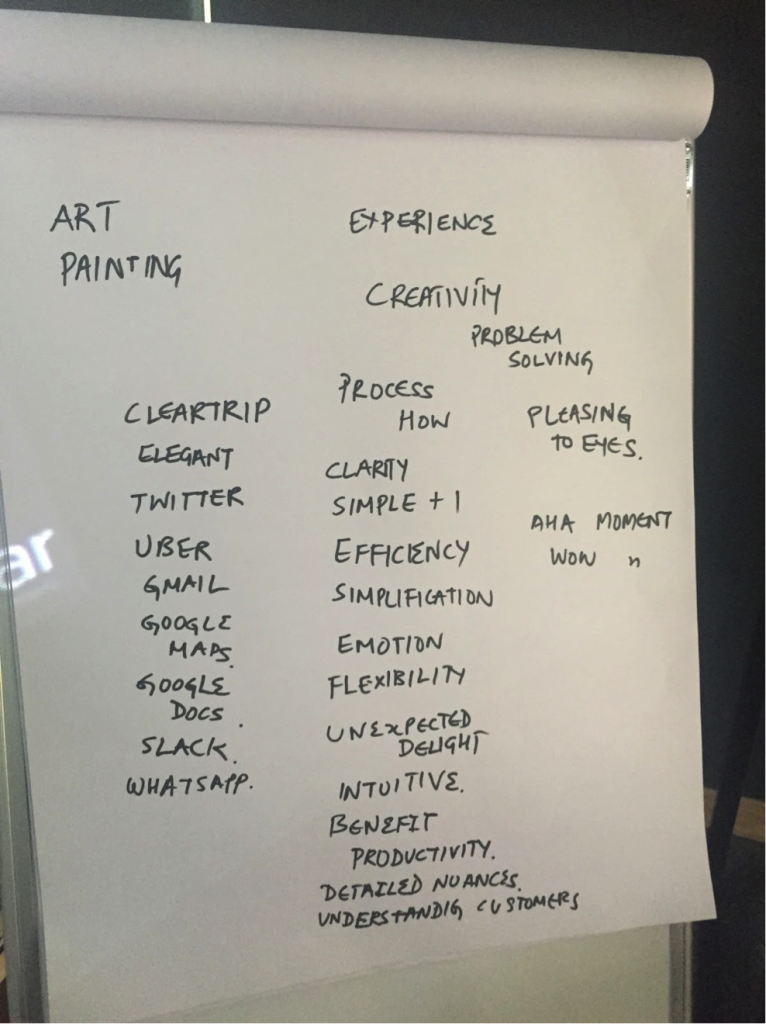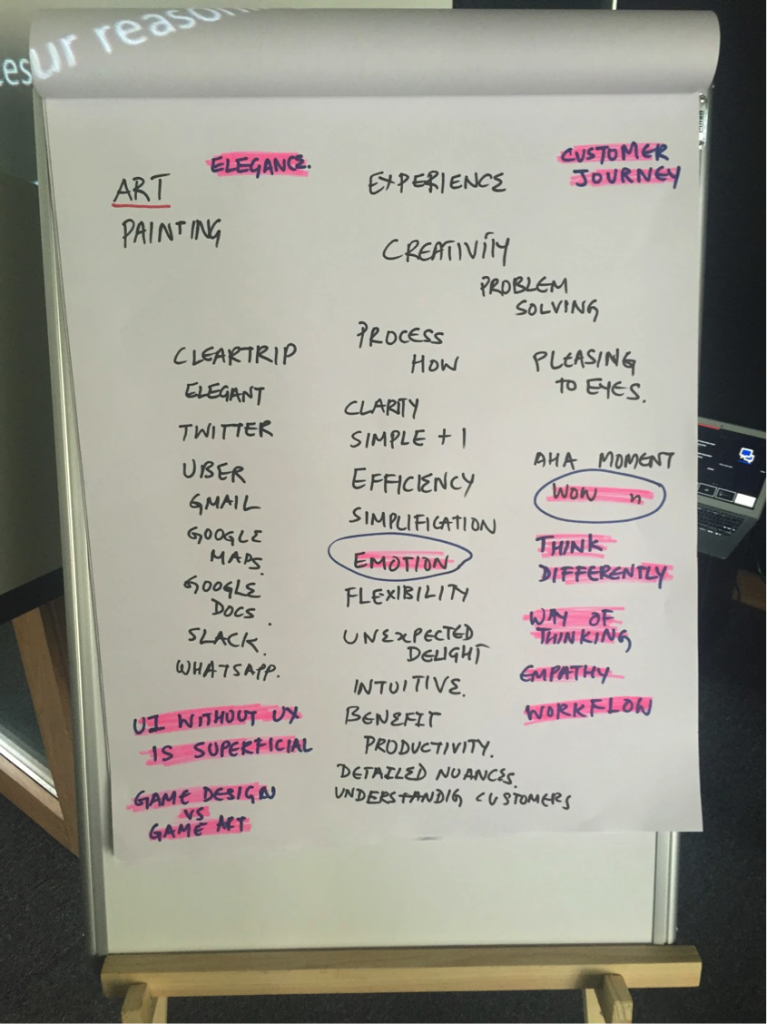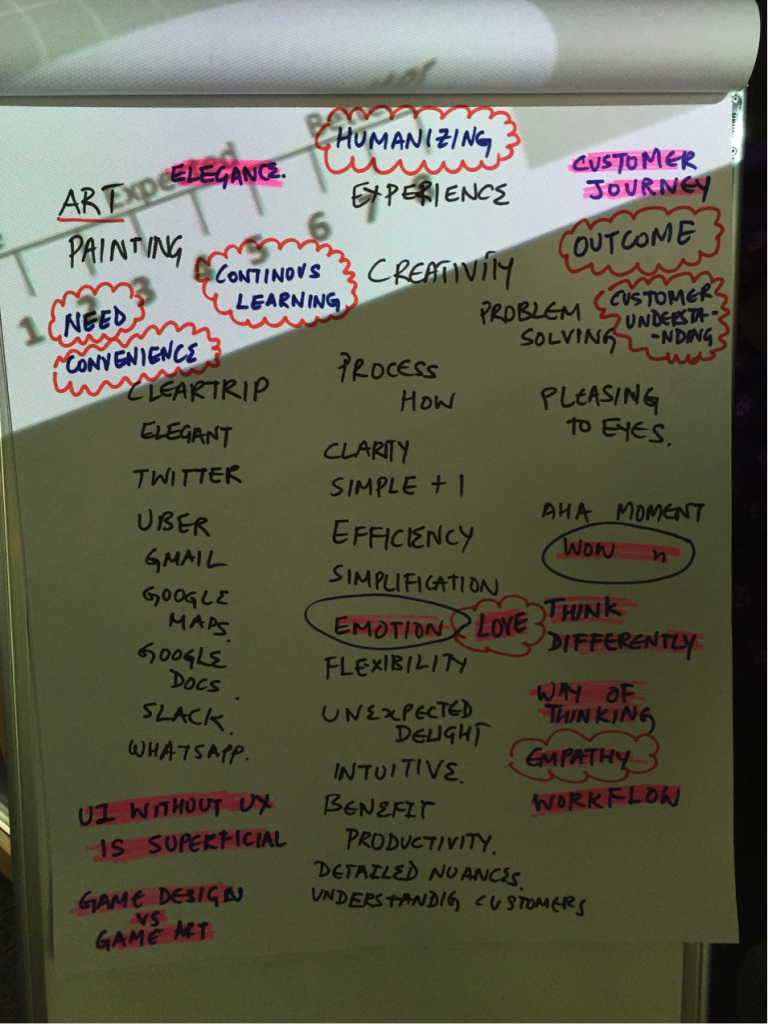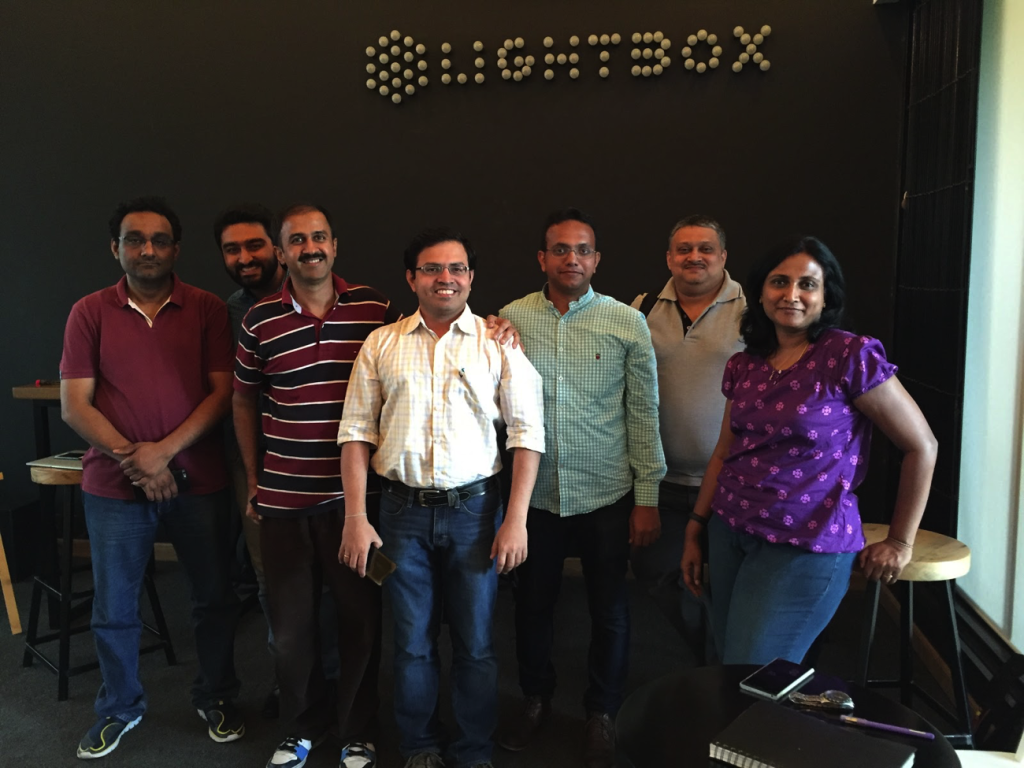India has fast emerged as the world’s second largest Internet market. Since 2012, nearly $15 billion has been invested in tech startups with over 300 M&A deals. However, a large percentage of deals (80%, 2014-Q3’16) were sub-$5M deals driven by acquihires and restructuring. Looking west to Israel and the US, it is clear that for a healthy technology product ecosystem, further acceleration in later stage M&A and buyouts is undeniably required. And with this very thesis in mind, iSPIRT, along with TiE Silicon Valley and Stanford University, organized the inaugural Startup Bridge India event on Dec 2, 2016, with the goal of fostering cross-border partnerships with Silicon Valley corporates to drive investments and/or acquisitions of domestic startups.
We are building auto-pilot software for managing cloud operations. The rocket ship is Silicon Valley and Startup Bridge was our gateway to it. Vijay Rayapati, CEO, Minjar
The event was an important chapter in the history of India’s tech landscape for multiple reasons.
 For one, it was the first step in breaking down borders between Silicon Valley and India. It is no easy feat to gather the top BD and Corp Dev executives from the largest tech Silicon Valley giants all together under a single roof. But with representatives from 65 corporates meeting 28 startups driving 120 connections for partnerships and investment/acquisition discussions, the very fact that the doors were opened, some even knocked down, was a giant leap for the ecosystem.
For one, it was the first step in breaking down borders between Silicon Valley and India. It is no easy feat to gather the top BD and Corp Dev executives from the largest tech Silicon Valley giants all together under a single roof. But with representatives from 65 corporates meeting 28 startups driving 120 connections for partnerships and investment/acquisition discussions, the very fact that the doors were opened, some even knocked down, was a giant leap for the ecosystem.
We were able to have of bunch of meaningful 1-1 conversation with potential strategic partners. Sunil Patro, CEO SignEasy
The second win – a powerful collaborative relationship between TiE Silicon Valley and iSPIRT – was one of breaking down barriers. The coming together of two impactful organizations driven by a similar vision so seamlessly to build a momentous event in ~10 weeks of planning was nothing short of inspirational, an affirmation of the power of the volunteer-driven model that iSPIRT has established itself upon.
The third win, however, was arguably the most powerful – that of breaking down the BS among even the most experienced entrepreneurs in India. iSPIRT has long held a position of being an unbiased stakeholder, with the primary goal of driving positive change in the tech startup ecosystem. Mature entrepreneurs in India, historically big fish in a small pond, have long believed their systems, their pitches, their stories, had been tried, tested and proven. However, playing on the global stage is a whole new ball game and iSPIRT stepped in to break down the BS for entrepreneurs.
I thought I had my deck all figured out. I thought I knew my pitch and had the details at my fingertips. But then I started getting really valuable, thought-out feedback from iSPIRT and I realized I had so much to improve on. I had to focus on pitching to partners, not customers. My narrative was made crisper and my focus was changed from ‘what we’ve done in the past’ to what is coming up next. All of that feedback resulted in a much stronger pitch and more engaged conversations with partners after. Pallav Nadhani, CEO FusionCharts
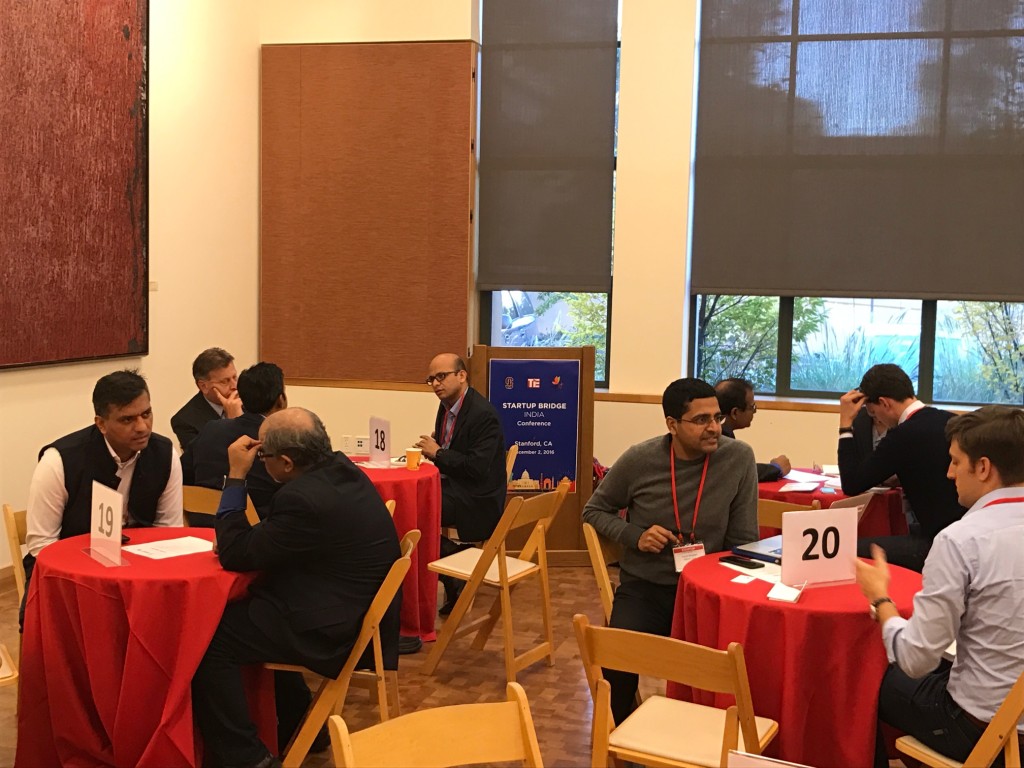 StartUp Bridge India, with an NPS of 68%, was another valiant step towards putting the Indian startup ecosystem on the global map alongside mammoths like the US and Israel. Team Indus, an Indian startup working to land a rover on Mars, is India’s literal moonshot. Startup India, working to increase cross-border investments and M&A, was India’s figurative moonshot. And after Startup Bridge, it was clear, that this moonshop has a robust arm and is gaining an increasingly powerful momentum.
StartUp Bridge India, with an NPS of 68%, was another valiant step towards putting the Indian startup ecosystem on the global map alongside mammoths like the US and Israel. Team Indus, an Indian startup working to land a rover on Mars, is India’s literal moonshot. Startup India, working to increase cross-border investments and M&A, was India’s figurative moonshot. And after Startup Bridge, it was clear, that this moonshop has a robust arm and is gaining an increasingly powerful momentum.
The story of India’s tech landscape is being written as we speak, and the future is nothing short of exciting…
StarupBridge India is an important step forward for India’s journey as a Product Nation. For the first time, it brought together India’s top global startups at this scale to meet and connect with Silicon Valley’s company to explore potential strategic partnership. This conference will be referred as seminal for years to come as it created a key turning point of software products cross border partnerships. M Thiyagarajan (Rajan), CoFounder & Fellow iSPIRT


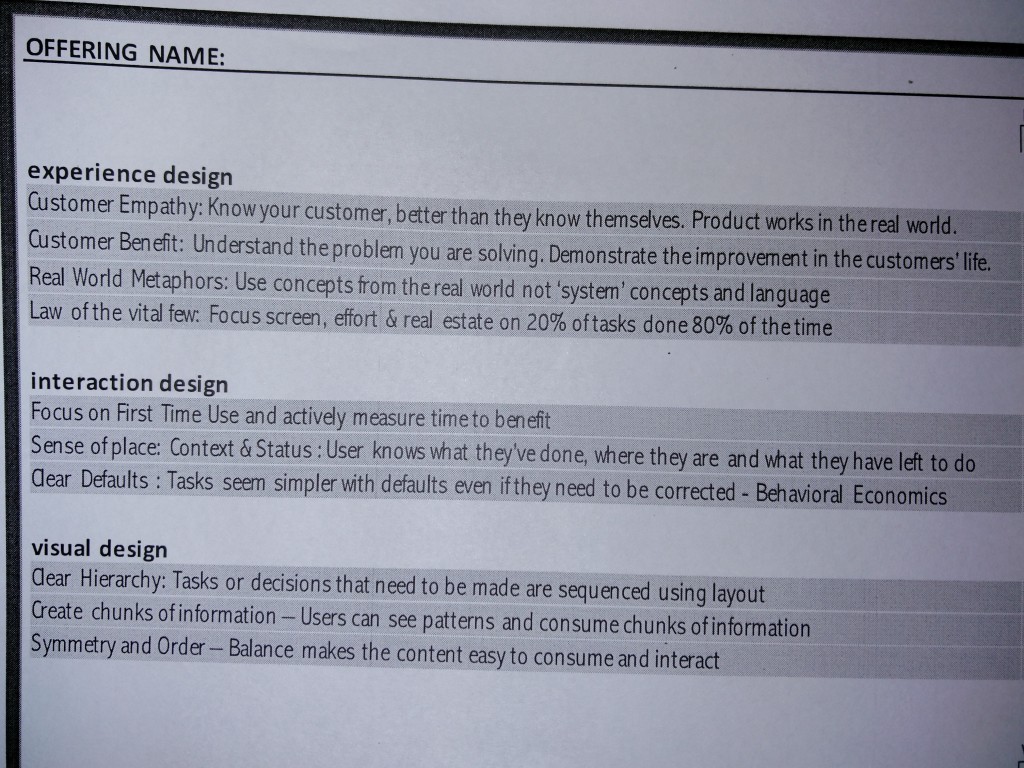 This experience made us understand and be aware of the small and subtle difference between good and bad design. I was able to realize and conclude how crucial it is to be empathetic to customer needs and when, where and how they experience a product / service. Hence, it is essential to understand things from the customer’s perspective which eventually helps us improve the utility of the product and services that one offers.
This experience made us understand and be aware of the small and subtle difference between good and bad design. I was able to realize and conclude how crucial it is to be empathetic to customer needs and when, where and how they experience a product / service. Hence, it is essential to understand things from the customer’s perspective which eventually helps us improve the utility of the product and services that one offers.